August 2, 2021
In the extreme heat of late June, apples were literally baking on the branches of a tree in John Haugen's yard before much of the village of Lytton, B.C., burned down.
"The apples were cooking on one side and they were turning brown, and on the inside there was still green," he recalled in a recent interview.
"Some people's chickens were dying in their chicken houses because it was too hot for them."
Temperatures in Lytton hit 46.6 C one day and 47.9 C the next, before finally peaking at 49.6 C on June 29, breaking the Canadian record for hottest temperature recorded for three straight days.
Throughout the small Fraser Canyon village, sweltering residents were stuffing wet blankets into windows in an attempt to protect themselves from the dangerous heat, and hiding out in basements if they were lucky enough to have them. The village's swimming pool was out of commission because of broken pumps.
At the time, Haugen was acting chief of the Lytton First Nation and spent the morning of June 29 speaking to a radio host in Arizona about the record-breaking heat. The night before, an elderly friend had been rushed to hospital for a heat-related illness.
"He was trying to make fun of our little town," Haugen said of the radio host. "I told him that it was nothing to brag about, that it's affecting people, especially elders."
Extreme summer heat has long been a point of pride for Lytton, which likes to call itself "Canada’s Hot Spot." But the summer of 2021 began with alarming weather that quickly turned into a tragedy.
The high of 49.6 C recorded on June 29 was nearly five degrees hotter than anything recorded anywhere in Canada before. The very next day, a wildfire devoured most of the village within a matter of minutes.
Video shot by Gordon Murray as he fled Lytton with his partner on June 30 shows the wildfire fire tearing through the village.
Lytton's story is among the more striking to highlight the consequences of human-caused climate change, with hundreds of residents losing nearly everything.
Two people were killed by the fire in Lytton, and during the week of the heat wave, at least 570 people died across B.C. because of the unbearable temperatures.
Survivors scattered across the province are pleading with Canadians not to turn away from the crisis in Lytton and to take the lessons of the tragedy seriously.
"Lytton's the canary in the tar sands," said Gordon Murray, a Lytton resident whose video footage of fleeing the fire has been shared around the world.
Like many of his friends and former neighbours in Lytton, he wants Canadians to come together to take concrete action on climate change as well as better prepare communities for extreme weather events like wildfires.
"It really is a wake-up call for Canada and B.C. We considered that we were immune to climate change, and that at most it would be a positive thing because we could go to the beach more," he said.
"But that's not the way that it works. It's not just making it a little bit warmer. It's creating these huge, extreme events. And that's not [just] a Lytton problem."
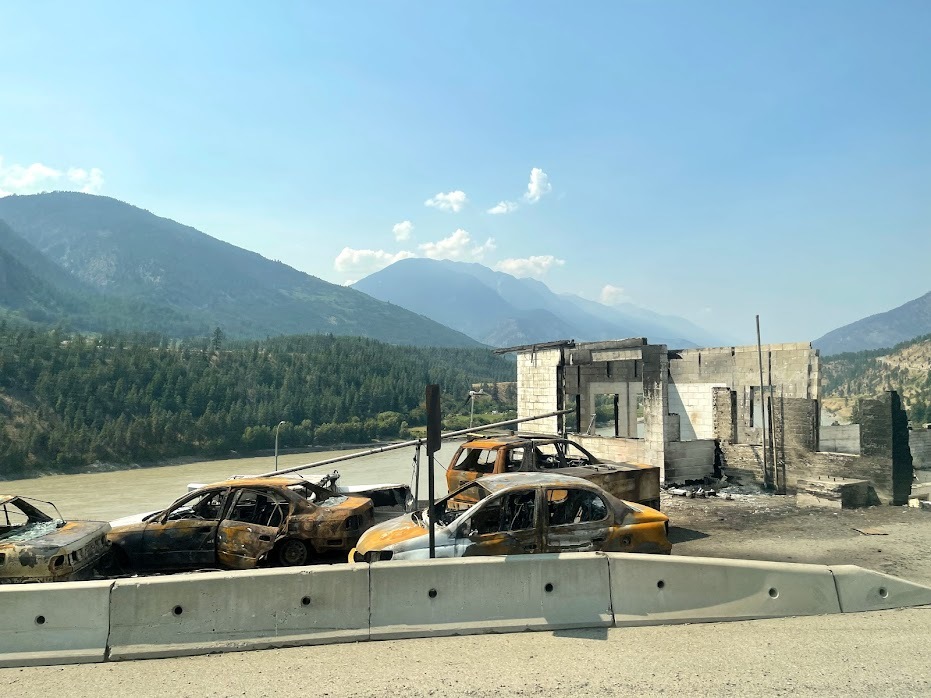
Faron Anslow, a climatologist at the Pacific Climate Impacts Consortium in Victoria, is a part of an international team of scientists that assessed the June heat wave and found it would have been "virtually impossible without human-caused climate change."
He said a rare confluence of several meteorological phenomena came together to create the "heat dome" that baked the West Coast in June, but human-caused climate change was responsible for adding an estimated two degrees to the already sweltering temperatures.
A chart provided by Anslow of the maximum temperatures recorded in Lytton each year since 1925 shows that years with temperatures approaching or exceeding 40 C have become slightly more common. Even so, June 2021 was an extreme outlier.
"It just looks broken," he said.
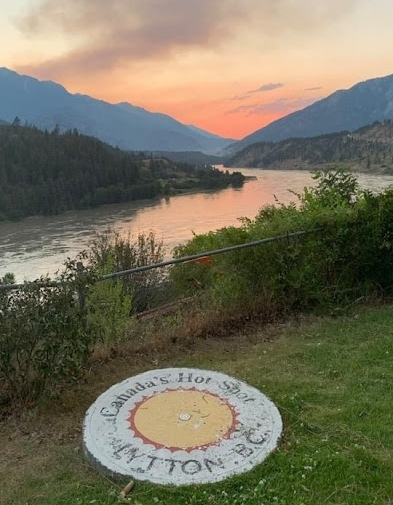
'Getting hotter every year'
It doesn't take a climatologist to see the trend.
A few years ago, Edith Loring-Kuhanga started getting worried about the health and safety of the children who were in her care at Stein Valley Nlakapamux School in Lytton.
The students went to school year-round, but the heat in July and August — and sometimes even in September — was becoming unbearable.
"It was too hot for them to be inside or outside, and we didn't have a cooling system in our gym at that point," said Loring-Kuhanga, the school's administrator.
So she started pulling temperature records, and quickly noticed a disturbing trend.
"When I looked at the weather patterns from 2014-18, I found out that the hotter temperatures were for longer periods of time and they were getting hotter every year," she said.
She put together a proposal and secured federal approval for a new system to cool the gym.
Loring-Kuhanga wasn't raised in Lytton, but spent many summers there growing up and says she has never seen it as hot as it has been in the past few years. She said her father-in-law, who lives just south of the equator in Tanzania, still talks about the extreme heat he experienced during a recent visit.
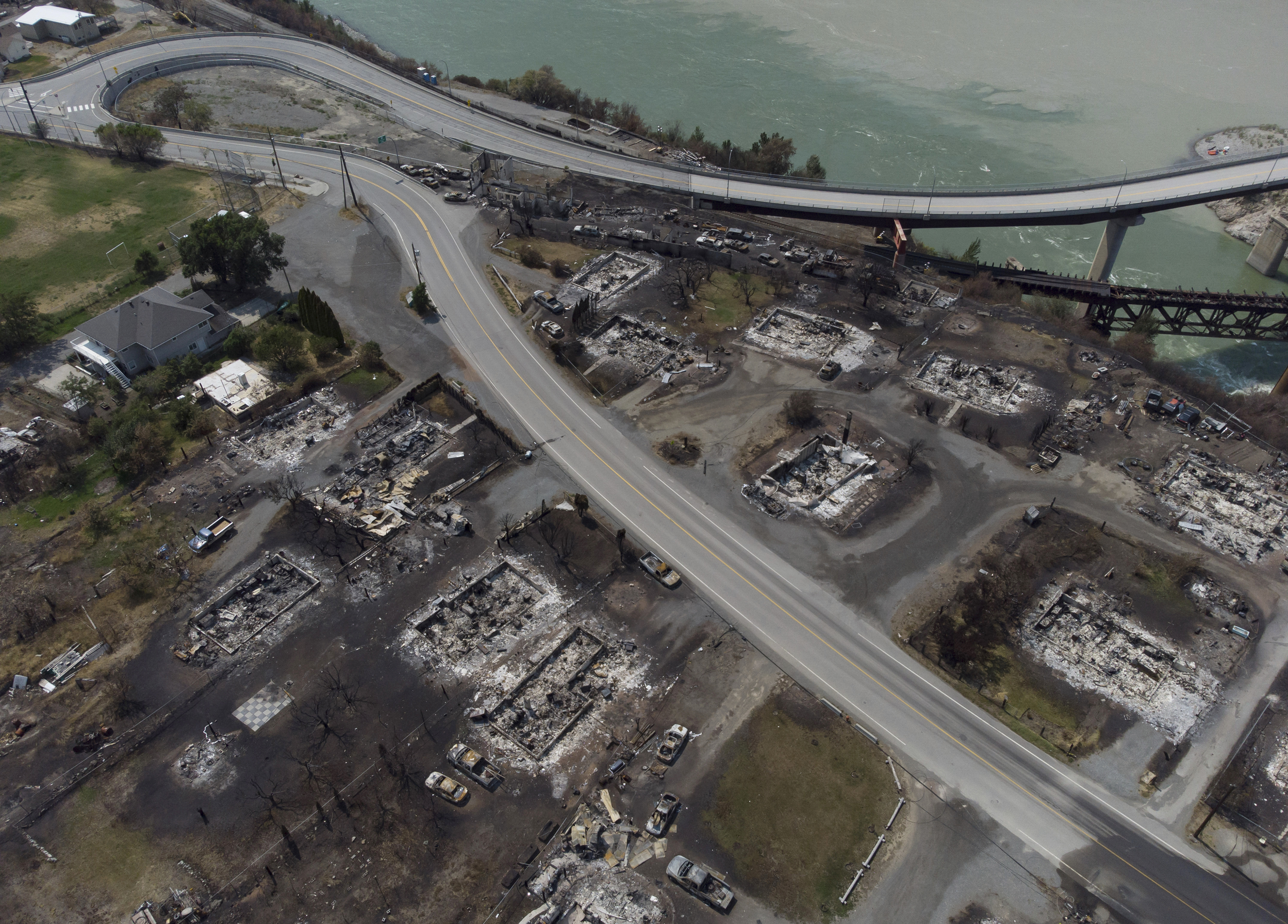
Much like the heat, wildfires are not new in Lytton.
It's rare to see a year go by without one in the area. In recent years, the fires have been sparked by everything from lightning to car crashes and suspected arson. They spread rapidly because the grass, shrubs and trees are so dry.
Two rail lines also run through the village. Trains and railways have historically ignited wildfires across the country through sparks thrown off by brakes or rail-cutting by maintenance workers. Just last year, CN Rail was ordered to pay $16.6 million for causing a 2015 wildfire south of Lytton that cost millions of dollars to fight.
Villagers suspect that a train was responsible for this year's fire as well, and the Transportation Safety Board is investigating that possibility.
The Lytton Creek wildfire that destroyed the village continues to burn and grow, and led to the evacuation of nearby Spences Bridge on July 22.

'There was so little left'
The consequences are still sinking in for Haugen, Loring-Kuhanga and Murray, who all lost their homes in the fire.
On July 9, residents were given a chance to tour the wreckage by bus and make sense of the scale of the loss. Officials had deemed the area too dangerous to explore on foot, so they could only watch through the window and hope to catch a glimpse of their homes.
"It was very quiet and sombre," Loring-Kuhanga said of the tour. "Every once in a while, you would hear gasps. I think people were just trying to absorb the impact."
Some Lytton residents said they were initially angry to learn the bus would only drive down Main Street. They figured they wouldn’t be able to see the damage to their homes on the side streets.
Instead, they were alarmed to discover there was almost nothing left on Main Street to obstruct their views of the ruins of their properties.
Murray described what he saw in an interview immediately after the tour.
"There was so little left of the town, with these kind of exclamation points of a chimney here or an ellipsis of a little building that survived there," he said.
Lytton resident Murray describes the evacuees' tour of the village.
On a media tour that followed the evacuees' sorrowful drive through the village, it was difficult to believe that a thriving village had existed there just a few weeks earlier.
From a viewpoint above the site, the full extent of the damage was visible: the village was essentially flattened by the fire, with just a handful of structures still standing.
The trees on the hillside were charred and blackened, and the pinecones on their branches had turned a startling orange colour in the heat.
Down below, the streets were dotted with burnt-out vehicles that looked like they belonged on the set of a post-apocalyptic movie. Some twisted metal bars and crumbling brick walls marked where a building used to stand, but in most cases there was little more than a foundation.
Ruined homes and burn-out vehicles are seen in a tour of Lytton on July 9, 2021.
Planning for the future
The residents interviewed for this story all said they wanted to see Lytton rebuilt, but they also wanted the new buildings to factor in extreme heat and increasingly prevalent wildfires.
That means making efforts to protect homes and businesses from fire by removing potential fuels like shrubs and dead wood, ensuring railway companies are held accountable for preventing fires, improving emergency communication systems and having detailed, coordinated plans ready in place in case of evacuation.
Because of its vulnerability to wildfires, Lytton has been actively trying to reduce the availability of items that could spark flames and both the village and the Lytton First Nation have been recognized as official Firesmart Canada neighbourhoods for four of the last five years.
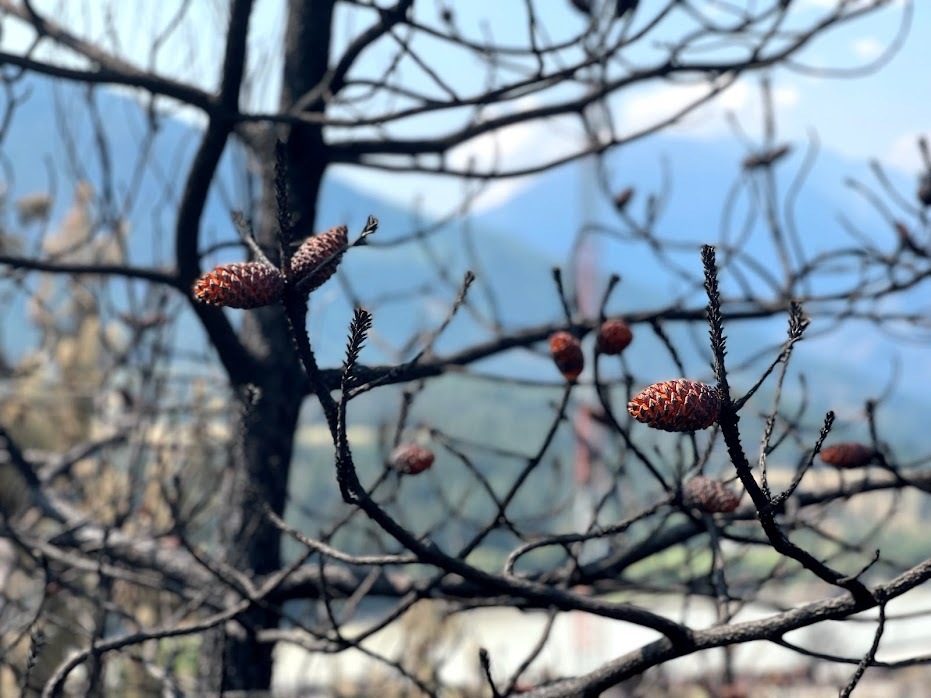
But with the 2021 wildfire season still continuing, there have already been suggestions that the province as a whole has failed to heed the warnings of previous years.
Following the then-unprecedented summer of 2017, former cabinet minister George Abbott and Sq'ewá:lxw First Nation Chief Maureen Chapman were commissioned to write a review of the province’s response.
Their 148-page report identified major communication gaps, poor relations and co-operation with First Nations, and inadequate prevention measures. In interviews with CBC after Lytton was destroyed, both Abbott and Chapman said many of their recommendations had not been followed up with meaningful or adequate changes on the ground.
The province has defended its progress on the pair's recommendations, telling CBC recently that "staff from multiple ministries have been working diligently to respond to the report's recommendations."
But officials have also apologized for failures to respond to requests for coordination and assistance from First Nation officials during the evacuation of Lytton.
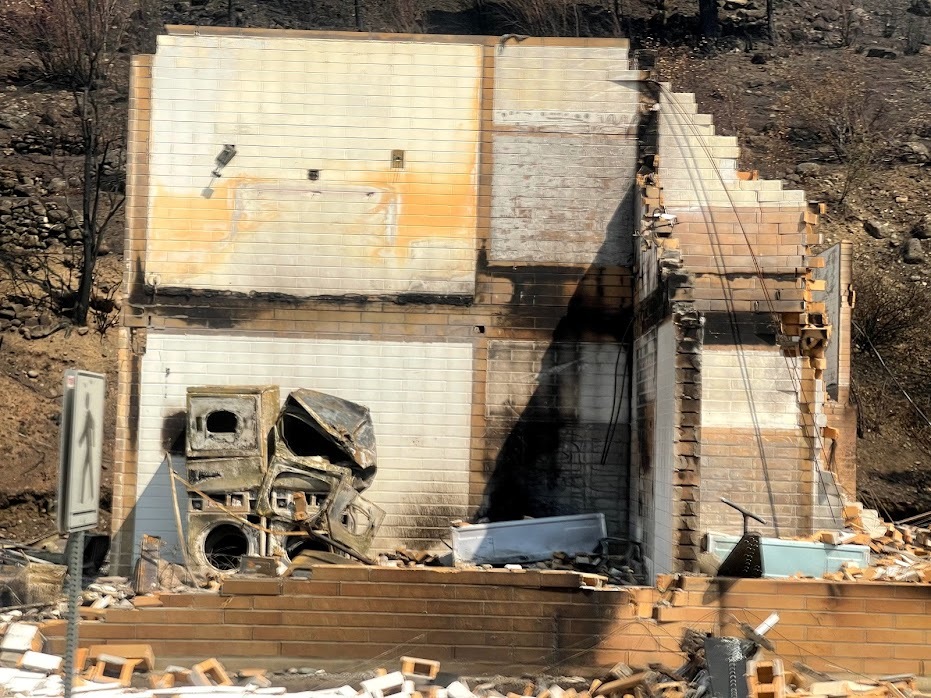
The allegations of foot-dragging are not new in B.C. when it comes to wildfire readiness.
In 2015, more than a decade after a similar report was released on the destructive 2003 wildfires in the Kelowna area, the Forest Practices Board revealed that hazardous potential fuels had been removed from just 10 per cent of high-risk forests near B.C. communities.
Preparing for a warmer future also means making sure everyone — regardless of income, location or disability — can live in a safe and comfortable home.
"There has to be some kind of a universal design for homes," Loring-Kuhanga said. "If we're going to have hot temperatures, we're going to have to have some kind of cooling system in there. So many of our homes didn't have air conditioning units."
Premier John Horgan has said he wants Lytton to be rebuilt as a model community of the future, but no concrete plans have emerged so far.
Residents of Lytton say they want to see more than just short-term measures.
They also want to see the world get serious about significantly reducing emissions in an attempt to slow or eventually reverse runaway climate change, for the sake of future generations.
"We have to not only prepare, but we have to prevent as much as possible," Murray said.
